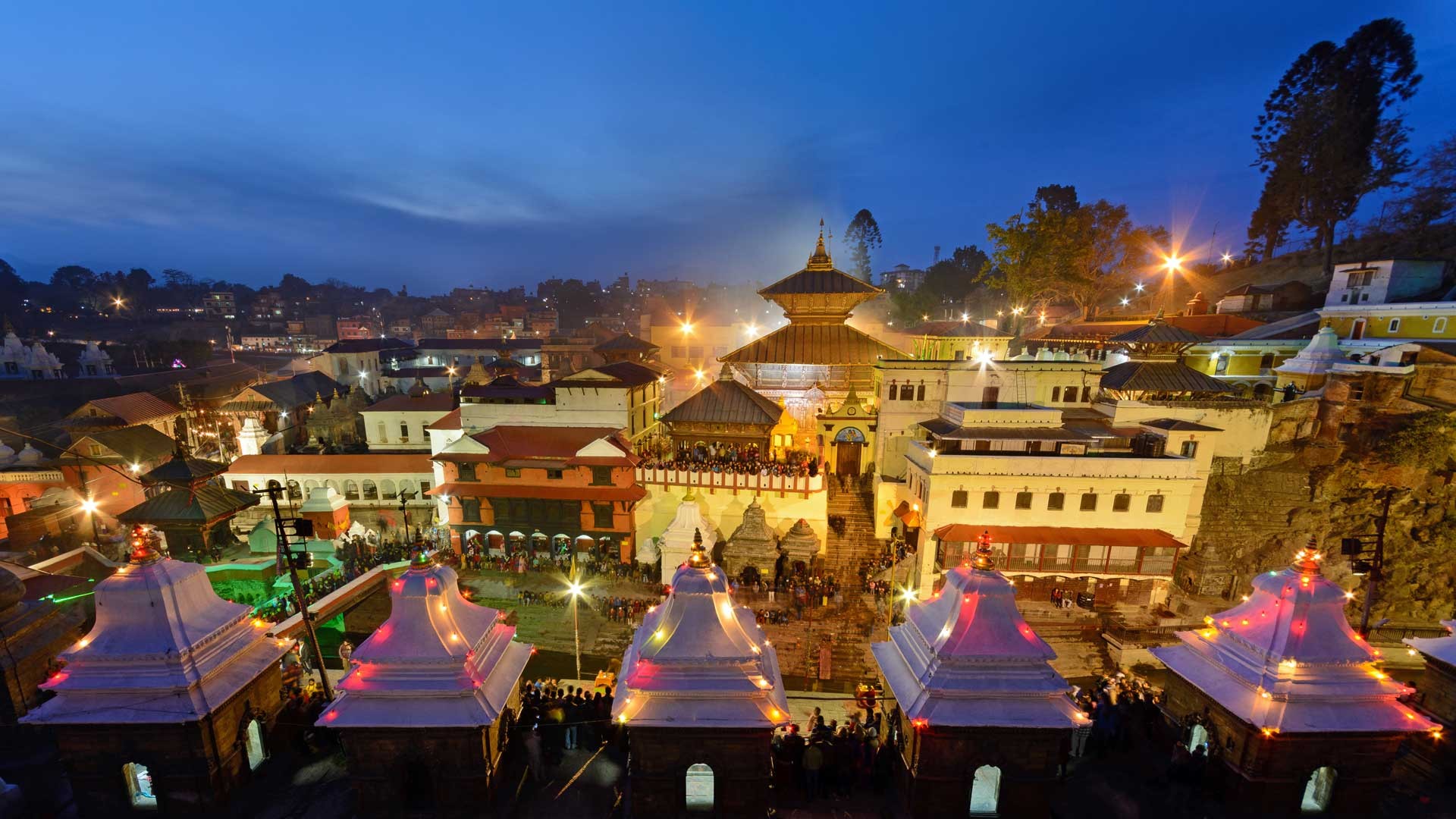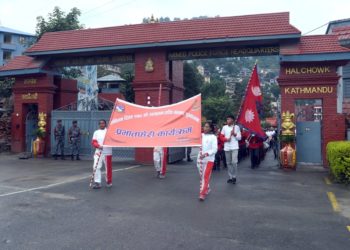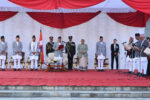KATHMANDU: One of the major festivals celebrated in the country Shiva Ratri, which literally means “Night of the Shiva” is being celebrated in Kathmandu, the city believed to have the head part of Shiva in the form of Lord Pashupatinath.
Meaning and cultural significance
Shiva Ratri, literally the ‘Night of the Shiva’, falls on the 14th day of the dark fortnight of the Month of Magh as per the Hindu lunar calendar.
While most of the Hindus regard Lord Shiva as one of the Trimurtis, the Shaivism sect regards him as the highest form of Ishwar. He is regarded as the formless, limitless, transcendent and unchanging absolute Brahma and the primal Atma(soul). Shiva is depicted as an omniscient Yogi living an ascetic life on Mount Kailash.
Hindus believe that Shiva principle is most active on this day as the stars in the Northern Hemisphere are at the optimum positions to help raise a person’s spiritual energy.
The day is celebrated to mark the convergence of Shiva and Shakti, the sublime cosmic powers into one.
According to the legends Maha Shivaratri is the night when Lord Shiva performed the ‘Tandav’, the cosmic dance.
Pashupatinath is considered the guardian and protector of Nepal.
Amidst the chanting of ‘Om Nama Shivaya’, thousands of devotees visit Pashupatinath Temple in Kathmandu.
Devotees chant “Om Namah Shivay” and “Mahamritunjaya” all night praying for light over darkness. Tourists are seen enjoying the ambiance with curiosity, as colorful and naked sadhus are seen meditating, posing for photographs and interacting with disciples.
Special attendance camps are set in the courtyards of the temples. Children are seen collecting donations from passersby on this day preparing for holy meal and bonfire in celebration of the special night.
Although the Sadhus and the young devotees seem drawn towards the relatively lose surveillance on the use of marijuana, most of the devotees specially, the elders wish the use of this narcotic would be curbed in the days to come.








Comment